The weather is changing and many of us are noticing an uptick in the nuisance bites caused by several insects. During most of the season, these insects would be considered beneficial as they are predators of insects that have negative impacts on our landscaping, gardens, and crops. But when the prey start to become scarce in the fall, they start looking for alternative food sources, which often results in mistaken test bites of humans. The continued warm weather is going to increase the activity of all insects, including the ones that are causing us displeasure. During the fall, insects often congregate on the southern exposure of buildings and homes and sometimes they will make their way indoors. Some insects that spend the winter as adults will look for places to shelter from the coming cold temperatures.
West Nile Virus Vectors
Mosquitoes
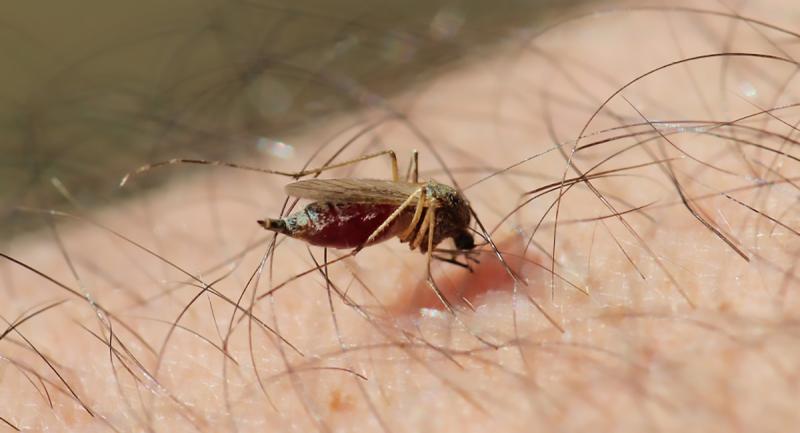
Mosquitoes will continue to be a threat during evening activities until the first hard frost. As our evenings start earlier during the fall, it is important to continue to wear protective clothing and personal repellents during any outdoor activities.
West Nile Virus cases continue to increase in South Dakota. For the weekly mosquito activity reports, visit South Dakota Mosquito Information Systems.
There are two mosquito species that account for most of the human bites and the risk associated with contracting the West Nile virus. Another previous article discusses practices that can reduce mosquito bites.
Nuisance Biters
Minute Pirate Bugs
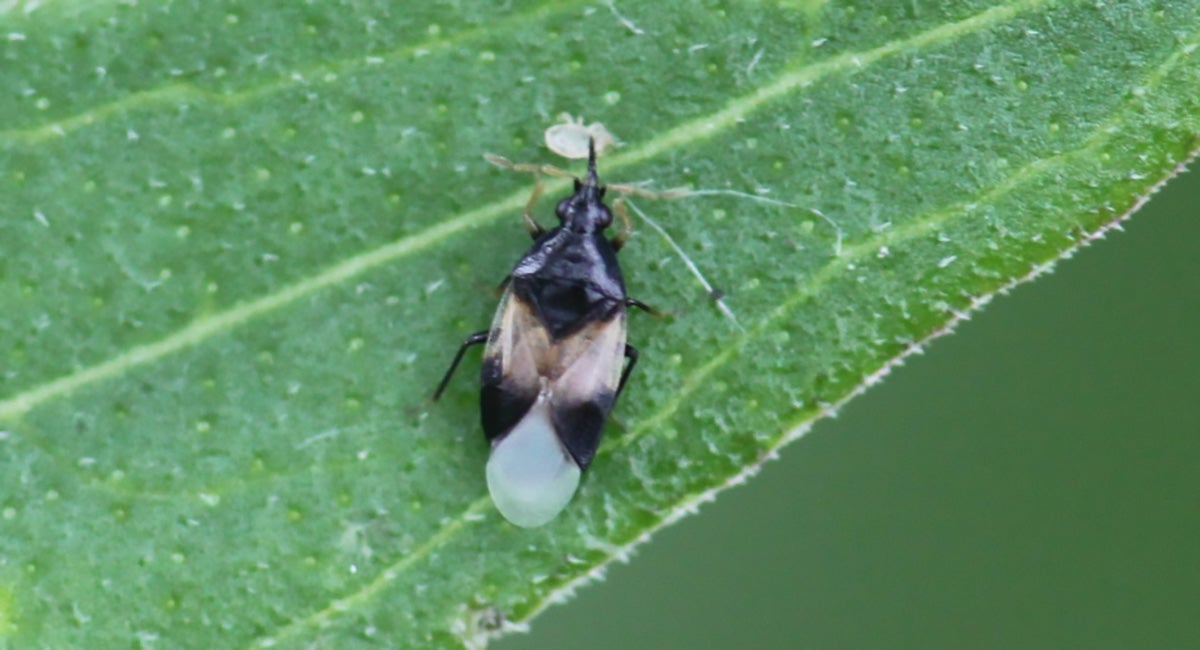
One of the insects that generates the most aggregation and subsequent questions during the fall are the minute pirate bugs (Figure 2). During the summer, minute pirate bugs reside on plants and feed on soft bodied insects. But when the prey population starts to decline in the fall, the minute pirate bugs begin looking for alternative food sources. Humans are often mistaken as a potential meal, and as a result we often feel their painful bite. Minute pirate bugs will continue to be active until the first hard frost (low temperature below 28 ℉). Unfortunately, insect repellants have little to no effect on minute pirate bugs. One recommendation is to avoid wearing light colored clothing during warm days as the minute pirate bugs are attracted to light colors. So, if the minute pirate bugs are causing problems in your yard, wear dark colored pants and long-sleeved shirts.
Multicolored Asian Lady Beetle
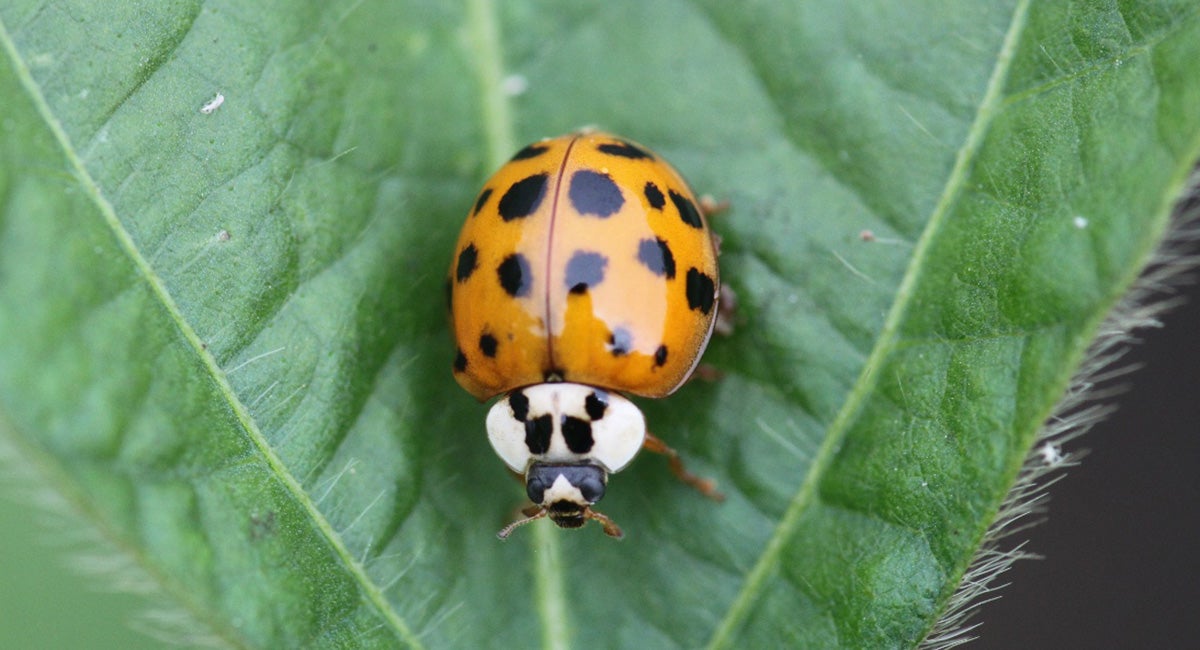
Another insect that causes issues during the fall is the multicolored Asian lady beetle (Figure 3). This is annoying in more than one way. First, they will inflict a painful bite if handled or they feel threatened. Second, when threatened the beetles will reflex bleed, releasing small amounts of their blood containing defensive compounds. The defensive compounds have a strong odor that most people find unappealing.
As a reminder, when removing multicolored Asian ladybeetles from your home, do not vacuum them up with a canister vacuum, as it will absorb the odor. The adults will congregate in structures as the weather cools. They can be identified by the black ‘M’ or ‘W’ on the white segment right behind the head.
Home Invaders
Flies
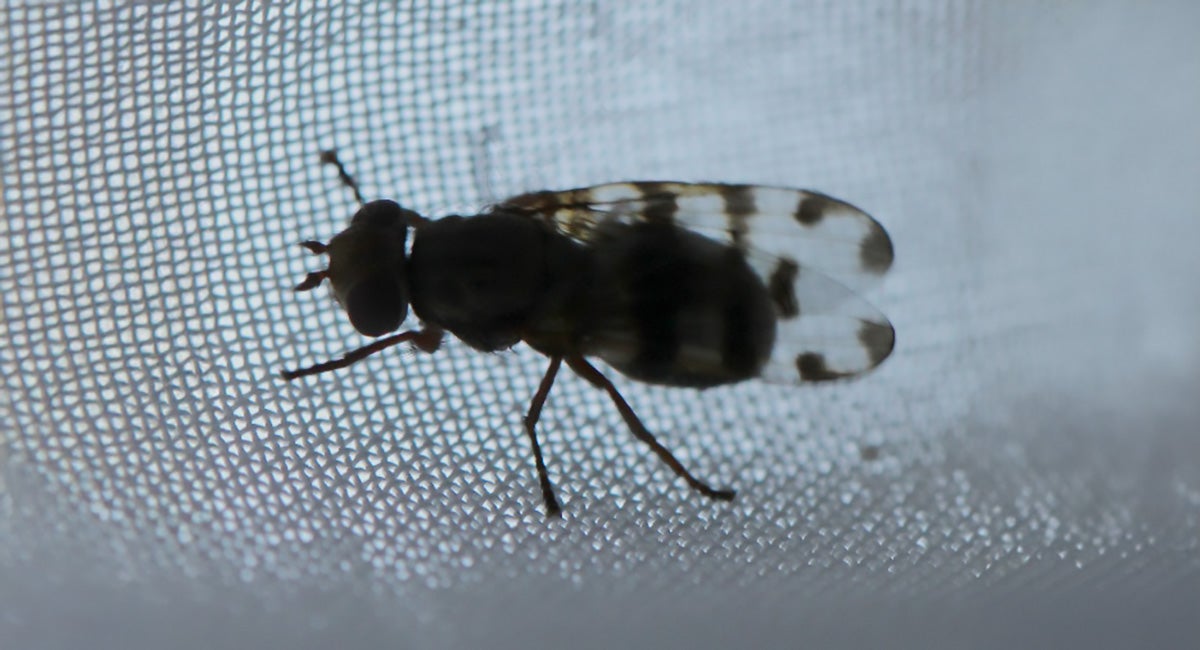
During the fall, cluster flies and picture winged flies (Figure 4) begin moving indoors. Cluster flies will survive the winter indoors and are often noticed on mild winter days. They do not reproduce indoors. Picture winged flies also move indoors, but they will not survive the winter. House flies are also active and can be observed indoors. They reproduce on decaying organic matter, so it is possible to have a breeding population inside that is active all winter. Sanitation (taking out trash , cleaning drains, etc.) is the best way to deter house flies.
Boxelder Bugs
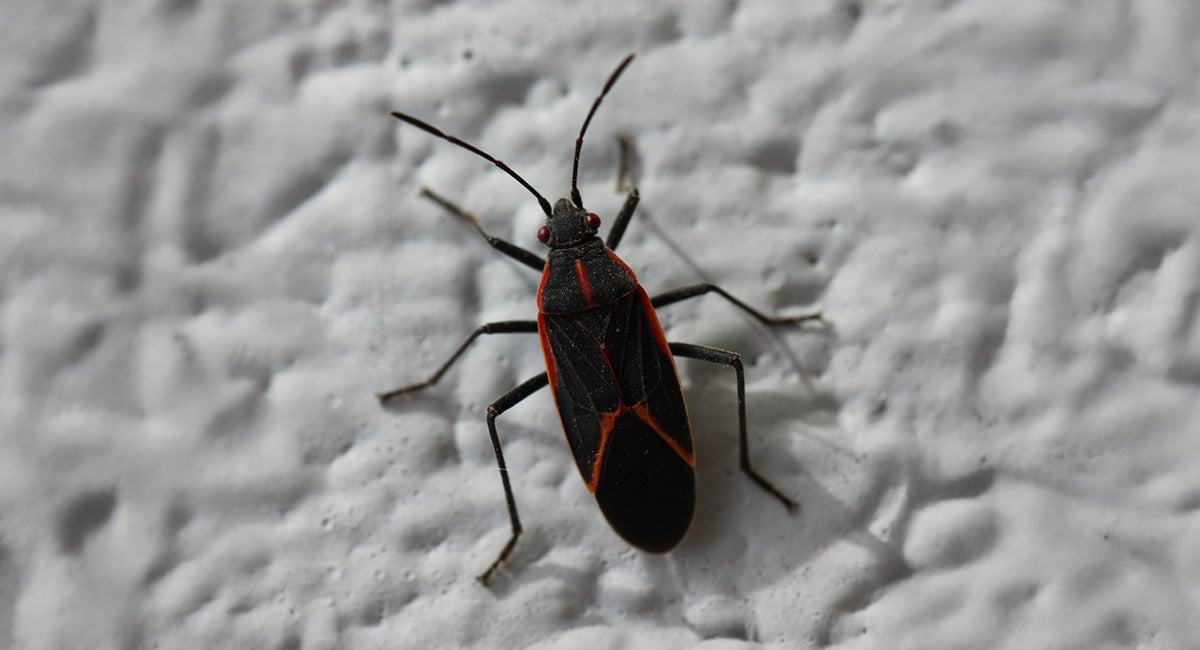
Adult boxelder bugs (Figure 5) are a home-invading pest that will spend the winter indoors. They are harmless, and they can typically be removed by sweeping or vacuuming.
Adult boxelder bugs will become active on mild winter days, and they will commonly congregate near sunny windows inside your house.
Western Conifer Seed Bug
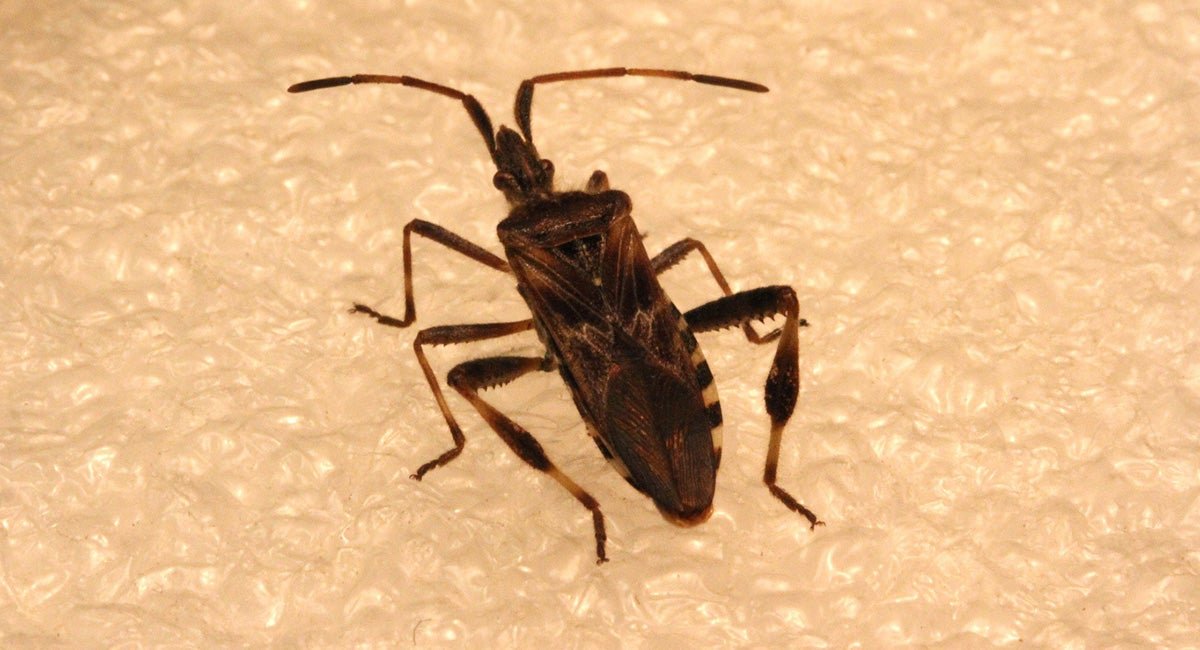
Western conifer seed bugs (Figure 6) overwinter as adults in sheltered locations, but they do not congregate in large numbers. They can be identified by the leaf like appearance of their hind legs. When spotted, many people send them in for identification because they are concerned that they are a kissing bug (vector of Chagas disease), but rest assured they are not. Western conifer seed bugs do not feed or reproduce indoors, and they are not considered to be a major pest in the landscape.
Other Arthropods
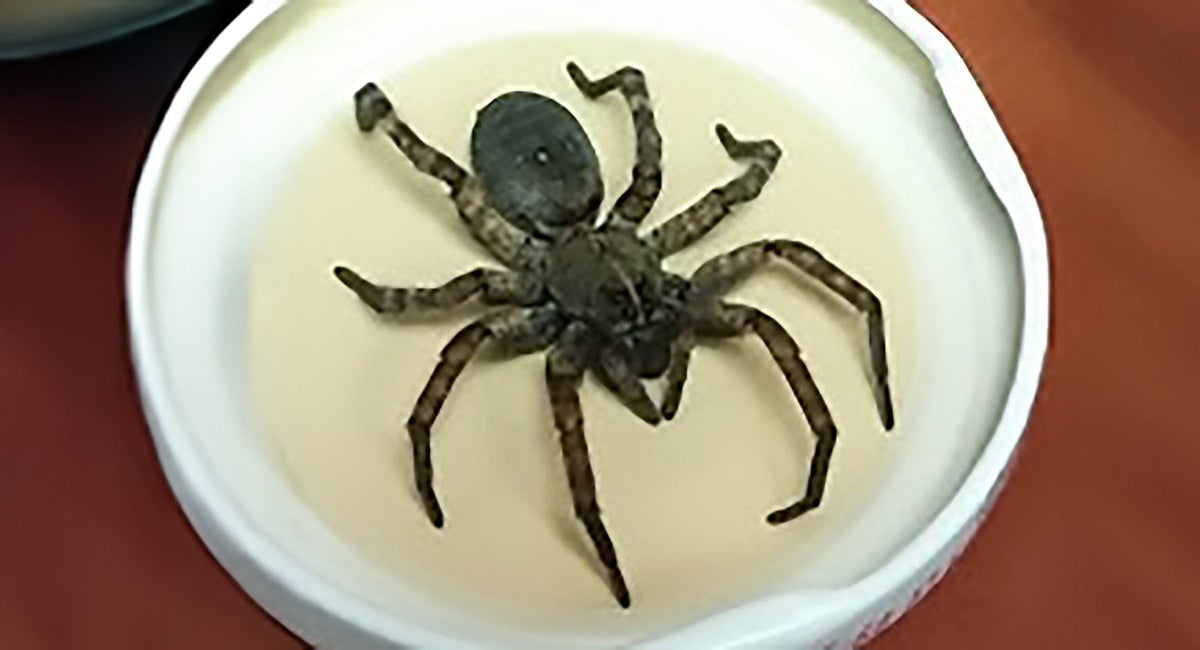
Spiders and millipedes are two of the most common non-insect fall invaders. Wolf spiders (Figure 7) will find their way inside, and their large size often generates concern. These spiders are looking for prey or shelter and would be happier outdoors. Millipedes normally live in dark, damp locations like in mulch or leaf piles where they feed on decaying organic material. Since they need moisture to survive, they often die quickly when trapped inside.
Management
The best course of action for preventing further fall invaders is to determine their point of entry and fix it. Check around windows and doors and inspect for any cracks or crevices in walls and foundations. In most cases, an insecticide application is not necessary, and the insects can be managed with a vacuum or a broom.
If you have an insect indoors and would like help identifying it, please submit a clear picture to the SDSU Plant Diagnostic Clinic or contact Amanda Bachmann, SDSU Extension Urban Entomology Field Specialist.


